Phuong Pham
DeepTriage: Automated Transfer Assistance for Incidents in Cloud Services
Nov 25, 2020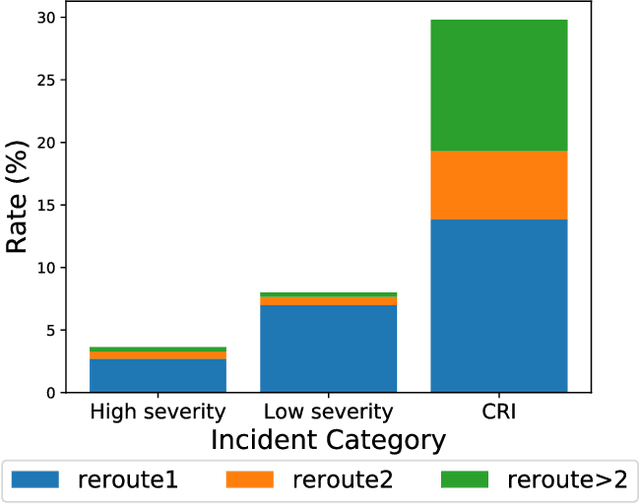
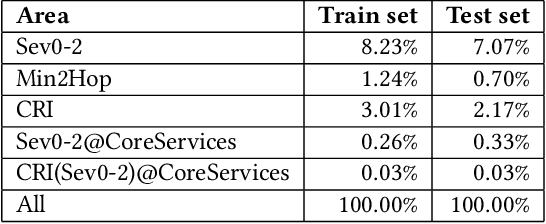
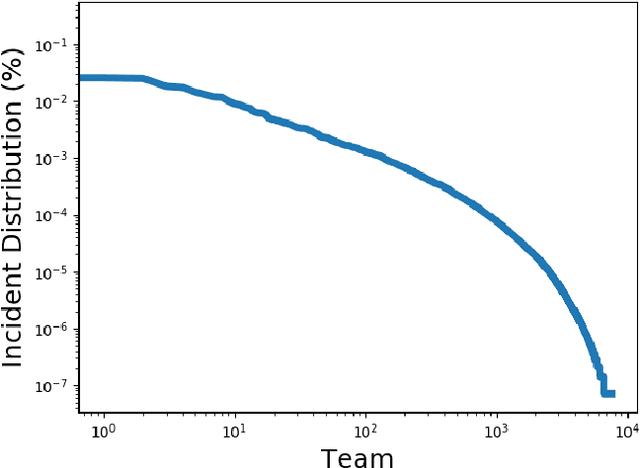
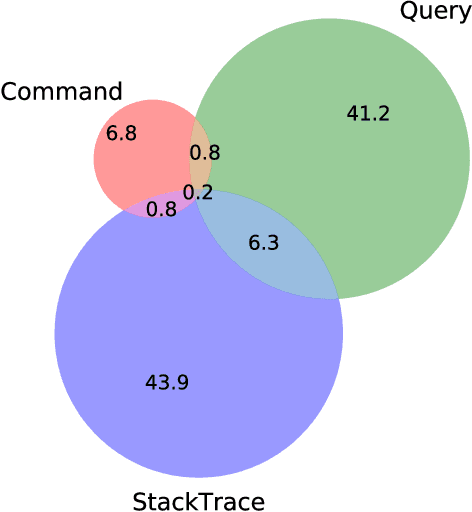
Abstract:As cloud services are growing and generating high revenues, the cost of downtime in these services is becoming significantly expensive. To reduce loss and service downtime, a critical primary step is to execute incident triage, the process of assigning a service incident to the correct responsible team, in a timely manner. An incorrect assignment risks additional incident reroutings and increases its time to mitigate by 10x. However, automated incident triage in large cloud services faces many challenges: (1) a highly imbalanced incident distribution from a large number of teams, (2) wide variety in formats of input data or data sources, (3) scaling to meet production-grade requirements, and (4) gaining engineers' trust in using machine learning recommendations. To address these challenges, we introduce DeepTriage, an intelligent incident transfer service combining multiple machine learning techniques - gradient boosted classifiers, clustering methods, and deep neural networks - in an ensemble to recommend the responsible team to triage an incident. Experimental results on real incidents in Microsoft Azure show that our service achieves 82.9% F1 score. For highly impacted incidents, DeepTriage achieves F1 score from 76.3% - 91.3%. We have applied best practices and state-of-the-art frameworks to scale DeepTriage to handle incident routing for all cloud services. DeepTriage has been deployed in Azure since October 2017 and is used by thousands of teams daily.
An Interactive Tool for Natural Language Processing on Clinical Text
Jul 07, 2017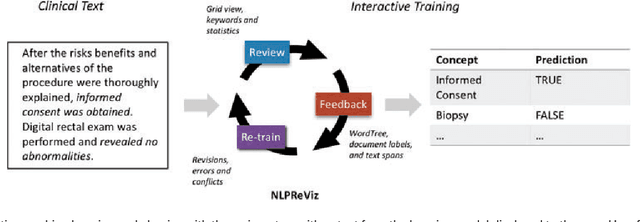
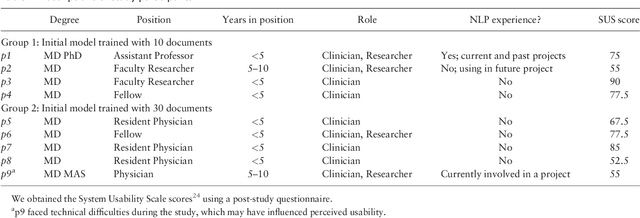
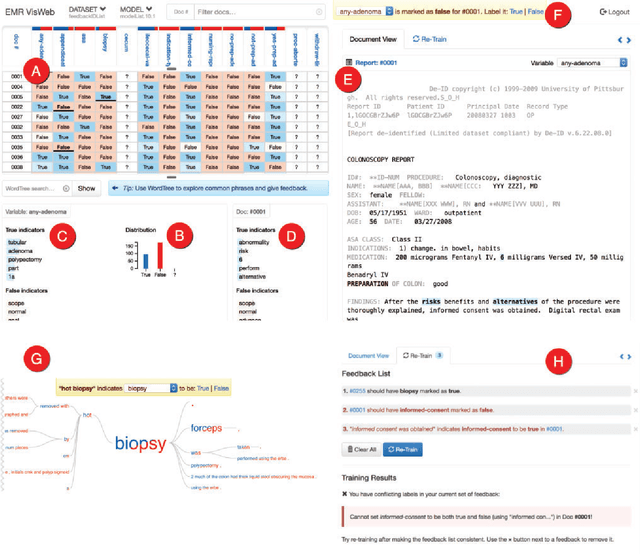
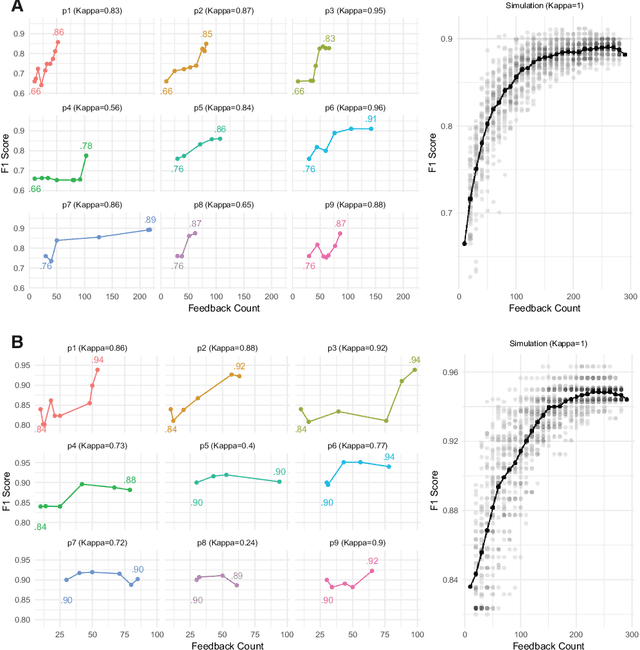
Abstract:Natural Language Processing (NLP) systems often make use of machine learning techniques that are unfamiliar to end-users who are interested in analyzing clinical records. Although NLP has been widely used in extracting information from clinical text, current systems generally do not support model revision based on feedback from domain experts. We present a prototype tool that allows end users to visualize and review the outputs of an NLP system that extracts binary variables from clinical text. Our tool combines multiple visualizations to help the users understand these results and make any necessary corrections, thus forming a feedback loop and helping improve the accuracy of the NLP models. We have tested our prototype in a formative think-aloud user study with clinicians and researchers involved in colonoscopy research. Results from semi-structured interviews and a System Usability Scale (SUS) analysis show that the users are able to quickly start refining NLP models, despite having very little or no experience with machine learning. Observations from these sessions suggest revisions to the interface to better support review workflow and interpretation of results.
 Add to Chrome
Add to Chrome Add to Firefox
Add to Firefox Add to Edge
Add to Edge